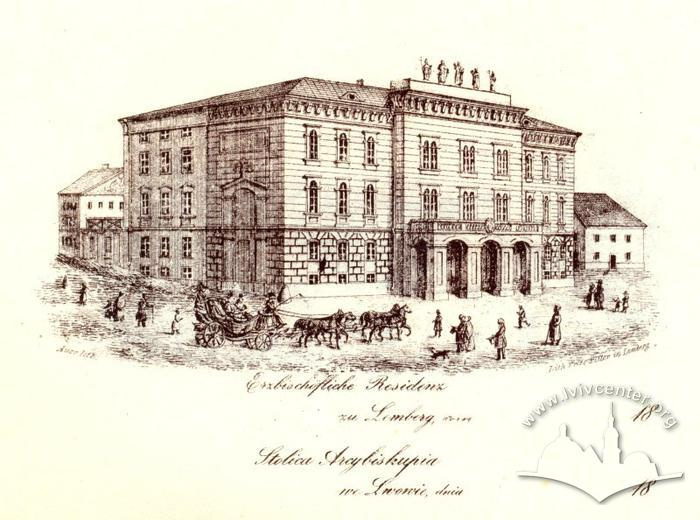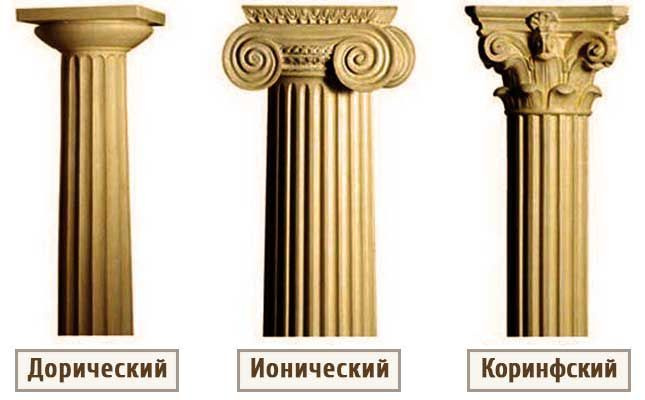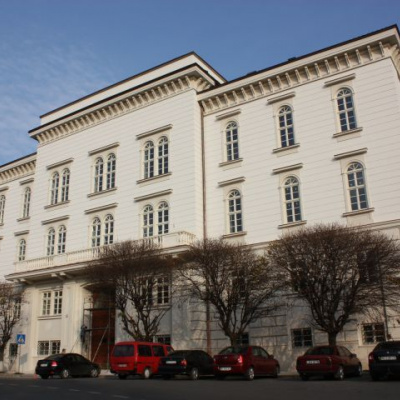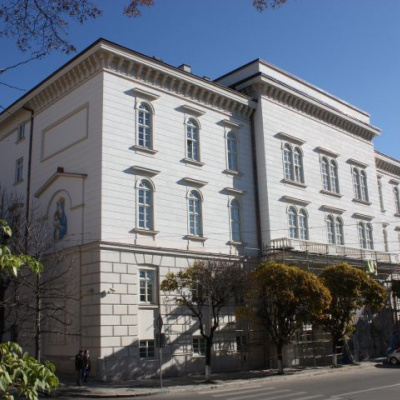Palace of Latin Archbishops
The site for the construction of the archbishops' palace was donated by the ruler of the Kingdom of Rus, Prince Władysław Opolczyk, in 1375 to Latin Bishop Matthew of Eger. In the 14th century, the city refused to give the site to the Galician Archbishop of the Roman Catholic Church, Bernard, who imposed a ban on Lviv, and then excommunicated the city. Latin Archbishop Eric of Przemysl lifted the interdict and excommunication, and Bernard was excommunicated because of complaints from Lviv residents. In 1405 and 1420, Prince Svydryhailo lived in the house and was received with wine and gifts. The modern building was built with the assistance of the Latin Archbishop of Lviv, Stanisław Grochowski. In the 17th century, it was one of the most magnificent mansions belonging to archbishops. In 1845 the building was rebuilt, the facade was made in the style of Viennese classicism, and the fourth floor was added. In 1908, a casino for government officials operated here. Since 1957, the building has housed a library for young people. Successive restorations were carried out in the 1980s.

ARCHITECTURE
The building is made of brick, rectangular, elongated, and has four floors. It has a wide six-window façade with curly window frames. On the ground floor there is a massive 17th-century portal with two decorative Corinthian columns. The portal's commemorative tablet on the death of King Mykhailo Korybut-Vyshnevetskyi (1673) was destroyed.

INTERESTING FACTS
- The founder of the building was the then Archbishop Franciszek de Paula Pisztek.
- The building was built in the style of Austrian classicism with elements of Biedermeier
- On the facade of the building there were figures of five Catholic saints
- On the ground floor there was an office, a meeting room, and the archives of the consistory. The second floor was the archbishop's residence. The third floor was hardly used due to constant drafts, but there were three large halls.
- In 1866 the palace was rebuilt, and the sculptures of saints were removed.
- For some time the building was used as a museum of the Długosz diocese.
- After the World War, a military hospital was located there




